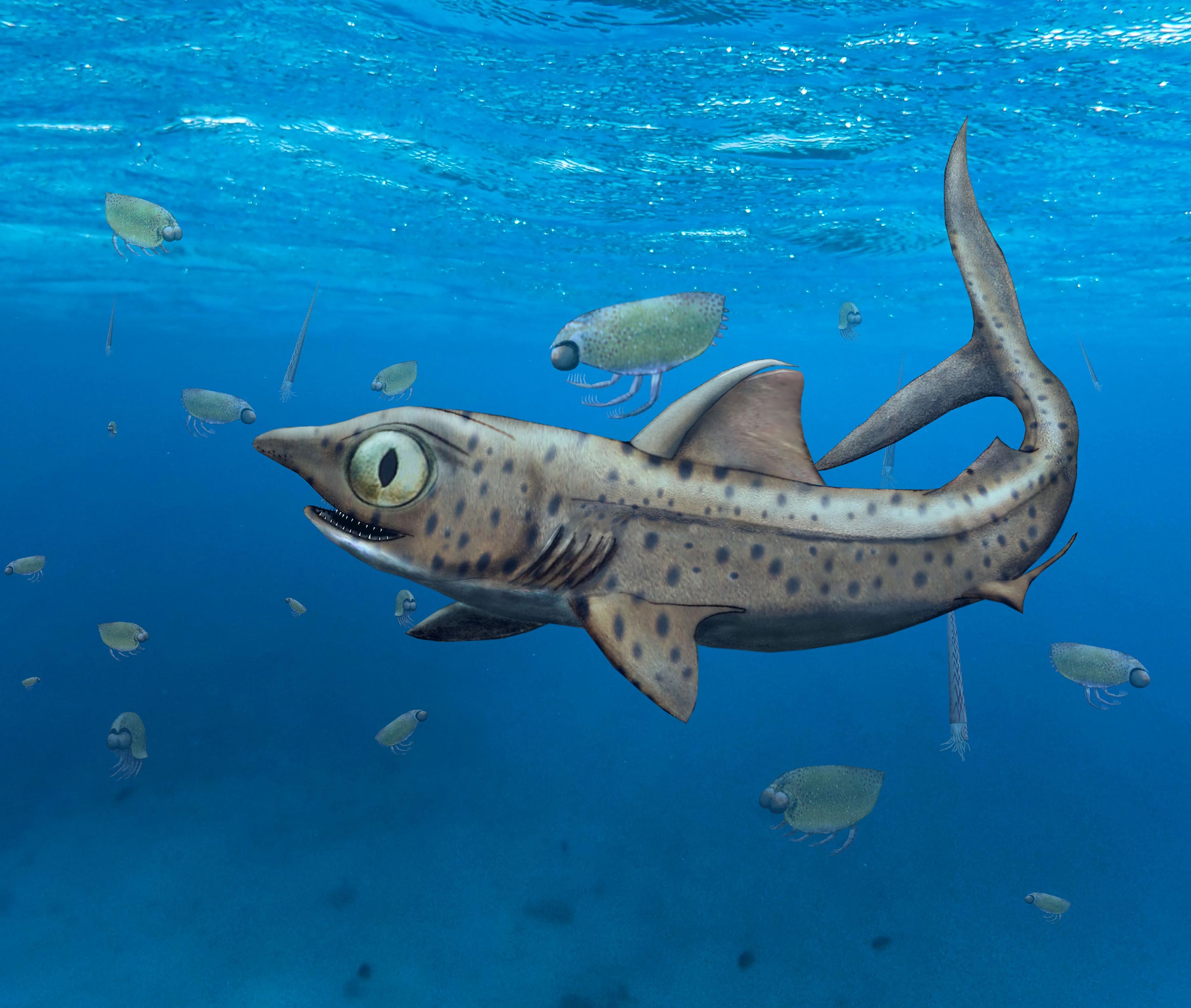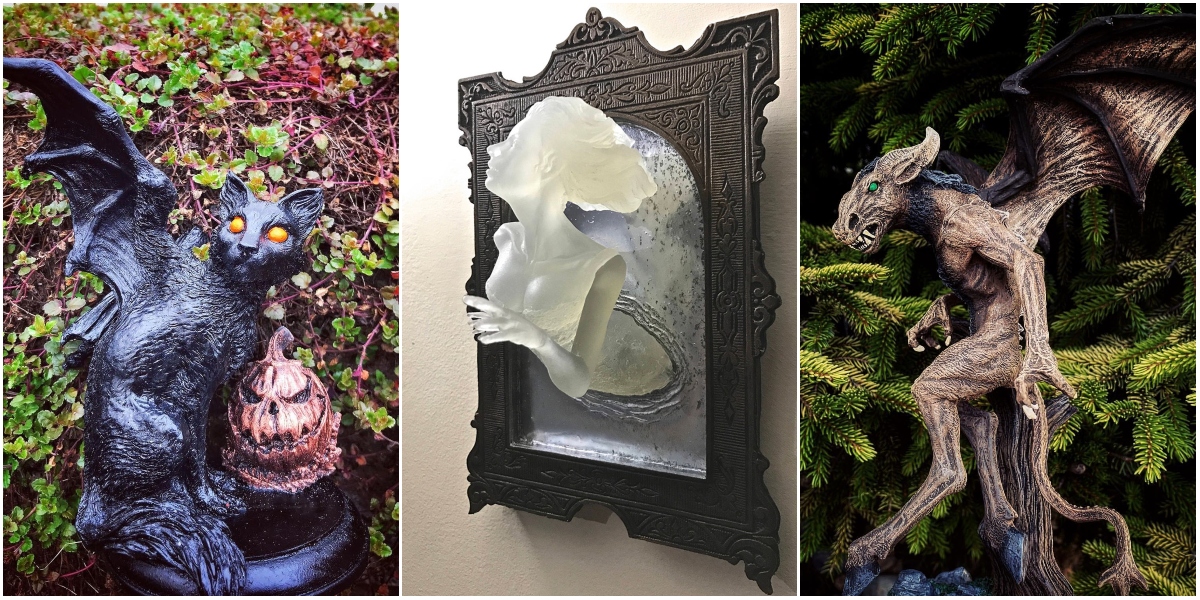With the mouth closed, the older, smaller teeth of the ancestors of today’s sharks stood upright on the jaw, while the younger and larger teeth pointed at the tongue and were thus invisible when the mouth was closed. Photo credits: Christian Klug, UZH
Many modern sharks have a series of impressive sharp teeth that are constantly growing back and are easy to see if their mouths are only slightly open. However, this has not always been the case. The teeth of the ancestors of today’s cartilaginous fish (Chondrichthyan), which include sharks, rays and chimeras, were replaced more slowly. When the mouth was closed, the older, smaller and worn shark teeth stood upright on the jaw, while the younger and larger teeth pointed towards the tongue and were thus invisible when the mouth was closed.
Jaw reconstruction thanks to computed tomography
Paleontologist at the University of Zurich University of Chicagoand the Naturalis Biodiversity Center in Leiden (Netherlands) have now investigated the structure and function of this special jaw construction, which is based on a 370 million year old Chondrichthyan from Morocco. With the help of computed tomography scans, the researchers were not only able to reconstruct the jaw, but also to print it out as a 3D model. This enabled them to simulate and test the mechanics of the jaw.
They discovered that, unlike humans, the two sides of the lower jaw were not fused in the middle. This enabled the animals not only to let the halves of the jaw fall down, but also to turn both automatically outwards at the same time. “This rotation brought the younger, larger, and sharper teeth, which usually pointed towards the inside of the mouth, into an upright position. This made it easier for the animals to impale their prey, ”explains lead author Linda Frey. “With internal rotation, the teeth then pushed the prey deeper into the buccal space when the jaws closed.”
Temporomandibular joint widespread in the Paleozoic
This mechanism not only ensured that the larger, inward-facing teeth were used, but also enabled the animals to participate in what is known as suction feeding. “Combined with moving outward, opening the jaws causes seawater to rush into the oral cavity, while closing it creates a mechanical pull that traps and immobilizes the prey.”
Since cartilaginous skeletons are hardly mineralized and are generally not as well preserved as fossils, this jaw construction has eluded researchers for a long time. “The excellently preserved fossil that we examined is a unique specimen,” says UZH paleontologist and last author Christian Klug. He and his team believe that the type of temporomandibular joint described played an important role in the Paleozoic. However, as the number of dentures increased, it became obsolete over time, being replaced by the often peculiar and more complex jaws of modern sharks and rays.
Reference: “A Symmoriiform from late Devonian Morocco shows a derived jaw function in ancient Chondrichthyanes” by Linda Frey, Michael I. Coates, Kristen Tietjen, Martin Rücklin and Christian Klug, November 17, 2020, Communication biology.
DOI: 10.1038 / s42003-020-01394-2



